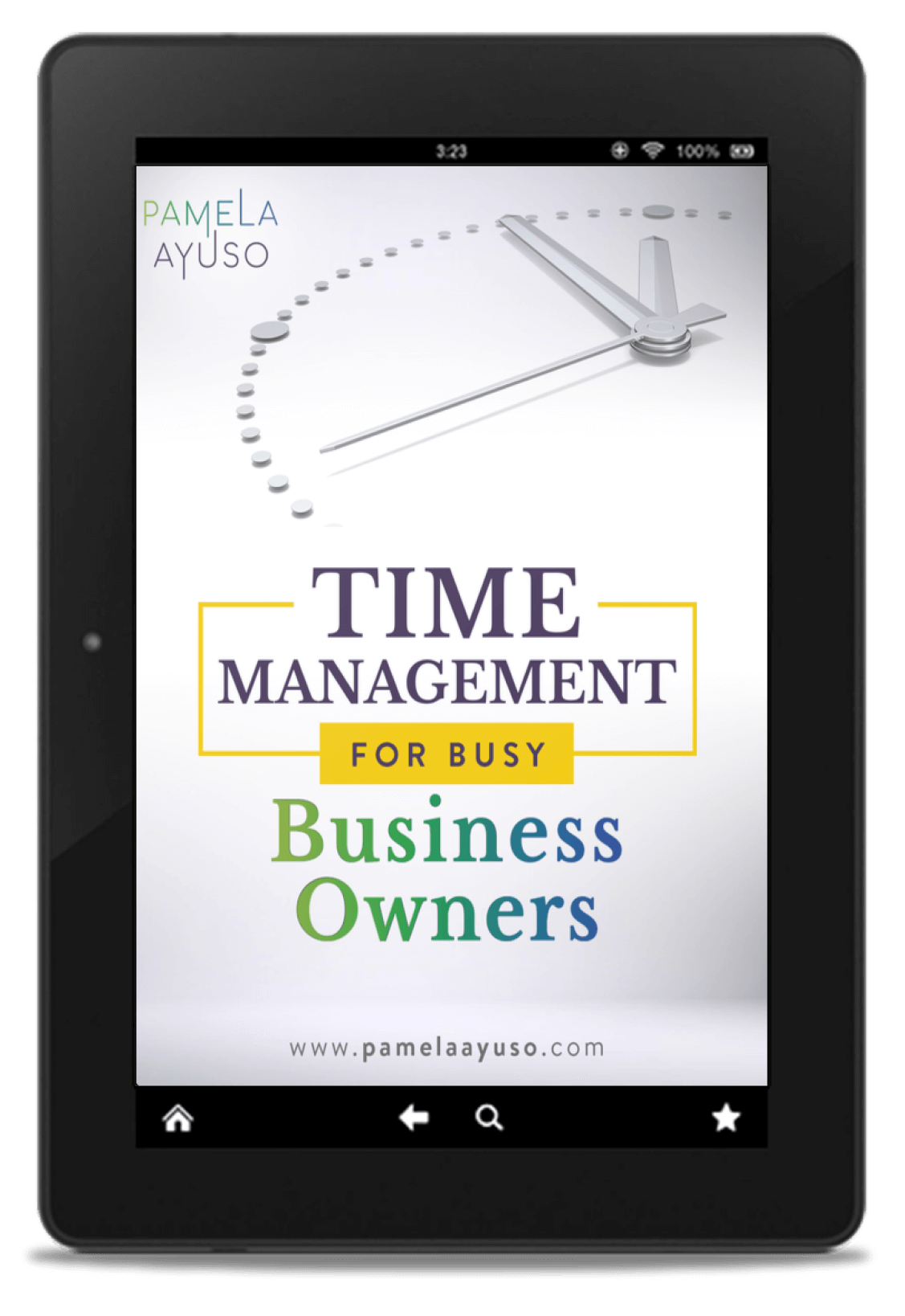So many things to do, so little time: the demands of work can seem endless. There is a certain number of things that need to get done, and throughout the day, we go from one to the next. There never seems to be enough time, and it may seem sometimes impossible for things to get better.
There is, however, an alternative to merely surviving. To rise above the daily to-do list, you can set up processes for yourself, your employees, and your company. These same tasks that engulf a business can be organized into overall processes. The procedures that are designed for the firm will provide more organization, efficiency, and accountability for the work that needs to be accomplished every day.
![[Photo: Jungwoo Hong/Unsplash]](https://www.pamelaayuso.com/wp-content/uploads/2021/01/jungwoo-hong-100345.jpg)
[Photo: Jungwoo Hong/Unsplash]
What are Processes?
A process is a set of tasks that, together, accomplish a goal for the company. It is like a chain of events that leads a project from start to finish. Each process is made up of tasks, and the tasks can be laid out on your to-do list by day. The tasks have set due dates and include detailed descriptions.
As an example, most firms have a payroll process. Each month someone has the responsibility to write out checks or deposit money into the employees’ accounts. It is likely that this person has a reminder that pops up on his or her calendar so the payment will not be forgotten.
Instead of relying on memory or calendar notifications, the alternative is to set up payroll as a process. First, create a quick diagram of the way you are currently handling payroll (refer to How to Use Diagrams to Implement Processes in Your Business). Then lay out the tasks that make up the process. The easiest way I have found to set up processes is through a project management software with the capability to program recurrent activities (see my article on using Wrike: 6 Reasons Why You Will Love Wrike Like We Do).
![[Photo; Martin Reisch/Unsplash]](https://www.pamelaayuso.com/wp-content/uploads/2021/01/martin-reisch-199362.jpg)
[Photo; Martin Reisch/Unsplash]
The process for payroll can be scheduled for the 25th of the month, with the title “Payroll,” stating the tasks to follow to pay employees. It will need to be assigned to the person who executes the transaction. The first task or step is to refer to a spreadsheet that includes all the necessary payments and deductions for each employee. The amounts to be paid out are verified against the spreadsheet for the current month, and then the checks are written out. The process would show up as follows:
Payroll
-
Refer to Payroll spreadsheet for amounts to be paid
-
Write checks
-
Obtain signature
-
Distribute checks
A reminder will now automatically appear on the person’s to-do list on the 25th of each month. By creating this activity, the weight of having to remember to pay the employees on time is lifted. You have also generated a process that can grow with the firm.
If for example, you start paying employees via direct deposit, the process can be modified to include that detail. There may also now be someone who reviews payroll and monthly bonuses. The new steps now look like this:
Payroll
-
Refer to Payroll spreadsheet for amounts to be paid
-
Verify the direct deposit amount is correct
-
Calculate monthly bonus
-
Notify manager for approval
This new process now has a level of review built into it. Not only will payroll go out in time, but it will be reviewed to ensure it is correct.
Because this is a simple version, the entire payroll process along with its tasks is laid out with a single due date. As procedures become more complex, they may have to be broken up to accommodate more tasks with different due dates and assignations.
![[Photo: Hans Peter Gauster/Unsplash]](https://www.pamelaayuso.com/wp-content/uploads/2021/01/hans-peter-gauster-252751.jpg)
[Photo: Hans Peter Gauster/Unsplash]
Set Up Processes for the Whole Firm
Just like payroll, processes can be created for every part of the business. The only way to truly design the operations of a company is by questioning and laying out exactly how things should be done to avoid overlapping efforts or lost productivity.
It takes time to set up processes for an entire business. I recommend starting out with the most critical areas. In our firm, those areas are accounting and sales, because an error in each of these departments can have significant consequences. Then, little by little, each department can be covered until every process is documented and configured within the selected software.
Implementing processes will help you grow your business instead of merely surviving it. By simply setting up a few reminders for the most vital areas in your firm, you will notice an enormous difference in time management and productivity. Get started! Once you try it, I promise you will not be able to live without processes.
How do you manage your processes at your firm?
Leave me a comment; I would love to hear your thoughts!



